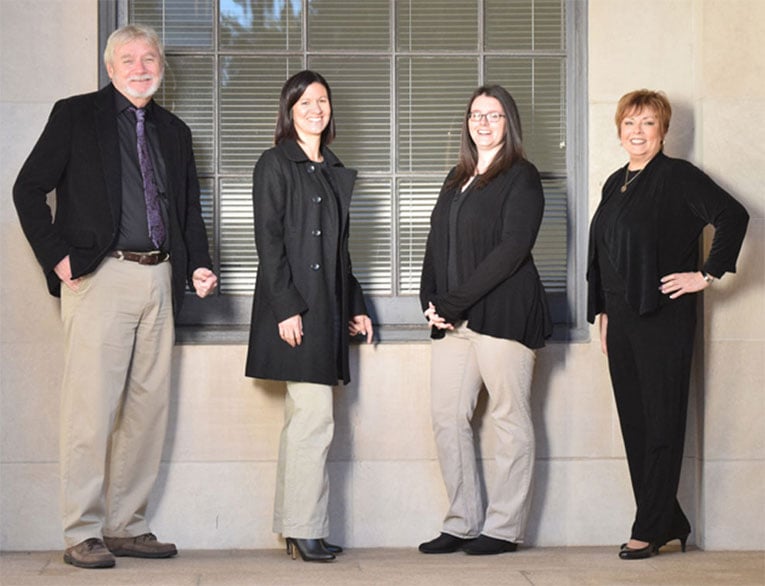One way of halting the foreclosure process on a home is by filing Chapter 13 bankruptcy. Doing so allows a debtor to consolidate past due and current payments into one affordable monthly payment over an extended period of time. Those payments are stretched out over a three to five year period, depending on what a debtor can afford.
An order known as an automatic stay is put in place when a person files bankruptcy. This makes it illegal for creditors to continue collections activities while a debtor is in active bankruptcy. The end goal is for all accounts to be current, and in good standing, at the completion of a Chapter 13 plan.
When a Chapter 13 petition is completed and filed with the proper district, a bankruptcy trustee will be assigned to the case. A Trustee is tasked with the duties of determining account statuses, types of debt, and validity. Amounts owed are then divided by type. The first types of claims to be paid are known as priority claims. They include items such as tax debt or child support, and hold priority status over all other debts.
In other words, they move to the front of the line and get paid first. Next to be factored into payments are the secured creditors. These will include items such as mortgages or vehicle loans. This is the section of a Chapter 13 plan where past due mortgage payments will be factored in to >.
Secured debts are any loans that are secured by collateral. A debtor is not required to retain possession of these items, and may choose to surrender them in full satisfaction of a secured debt. For example, a vehicle may be returned to a dealership, or a mortgage lender may be allowed to complete foreclosure. These creditors would then be allowed to file unsecured claims for any deficient balance on the account.
>Lastly, unsecured creditors are considered. They will only be paid a percentage of what they are owed, based on what a debtor can afford after all priority and secured debts are paid each month. Sometimes, there is nothing remaining, and an unsecured creditor may receive zero percent. In this case, a debtor would no longer be liable for any portion of that debt once a Chapter 13 discharge was received upon plan completion.
Chapter 13 bankruptcies are a complicated, but useful tactic in preventing foreclosure of property. Consulting with an experienced bankruptcy attorney is highly recommended due to the complex, multiple issues that can arise in these matters.


